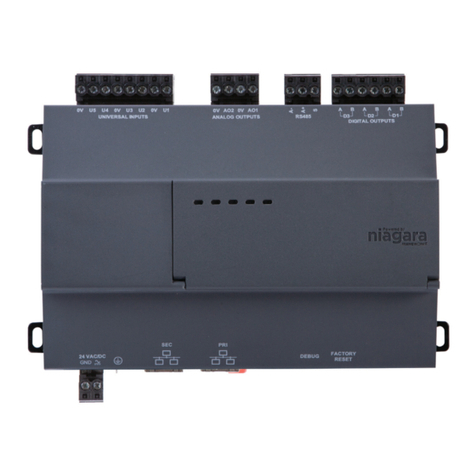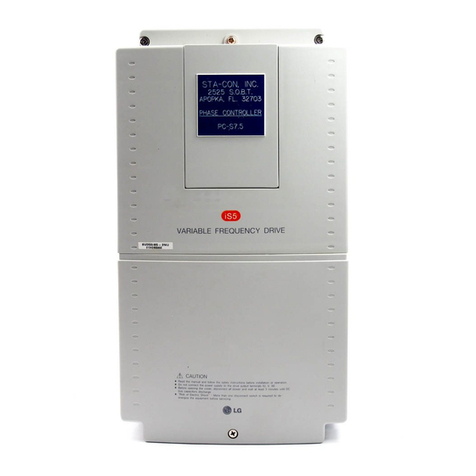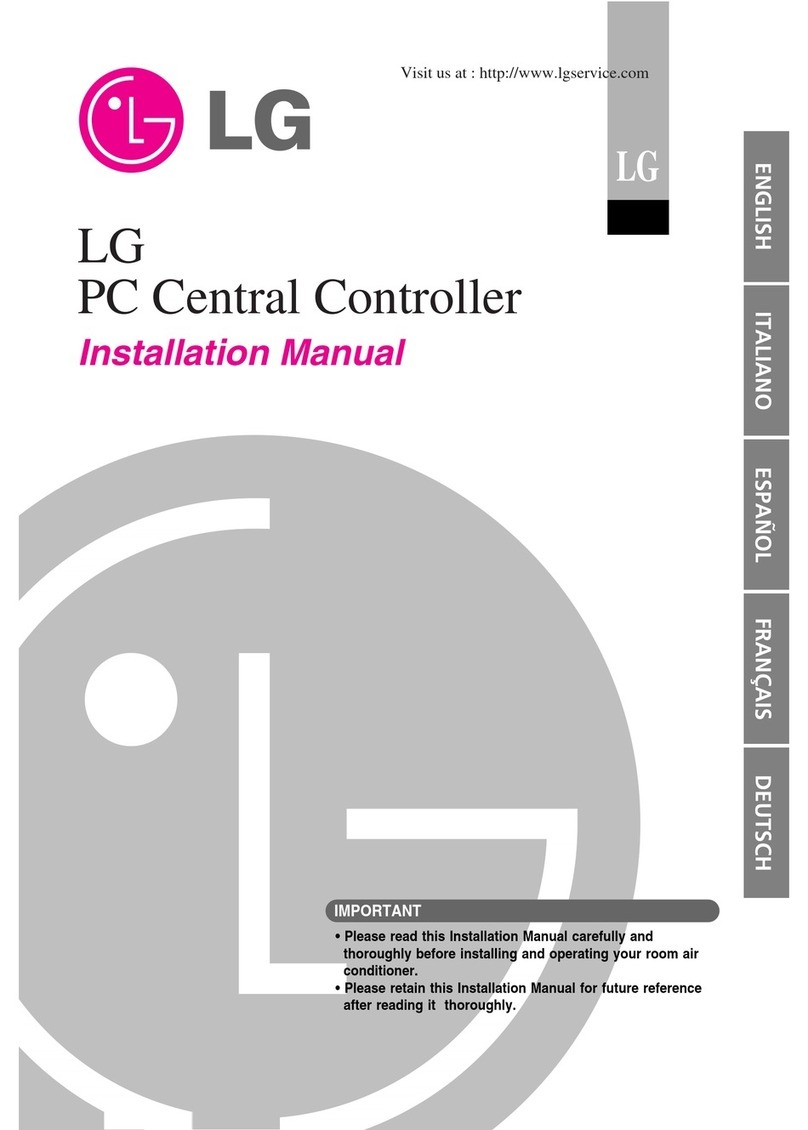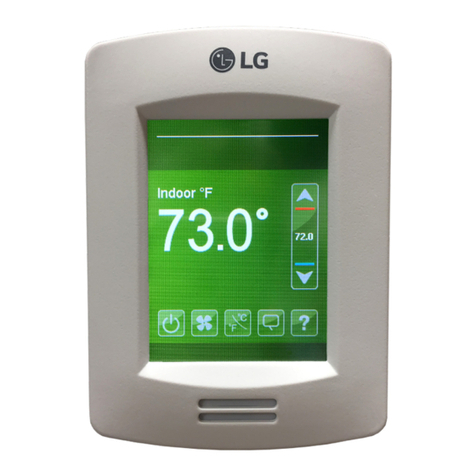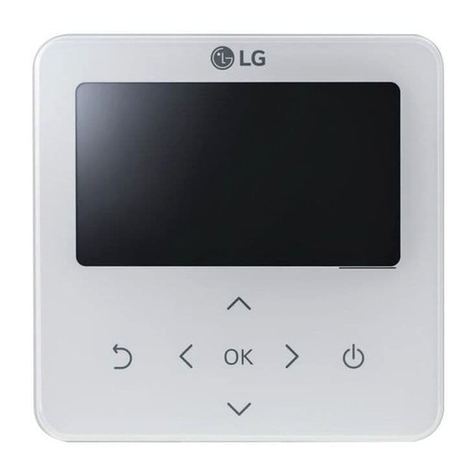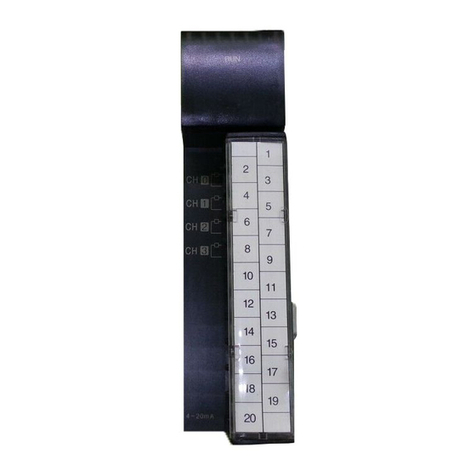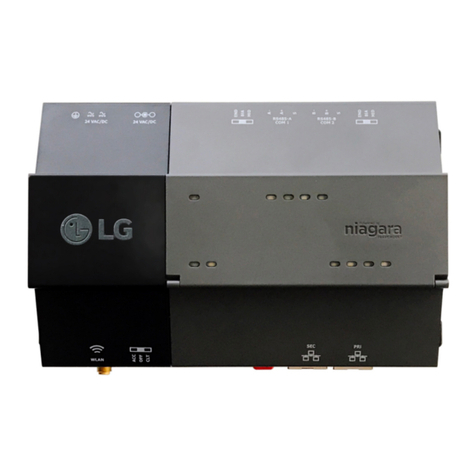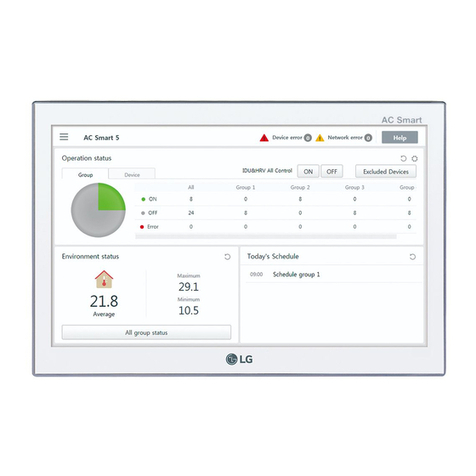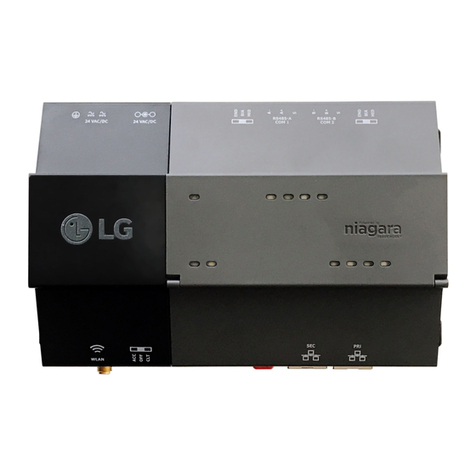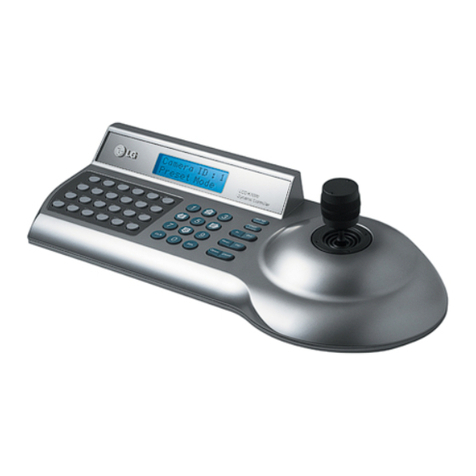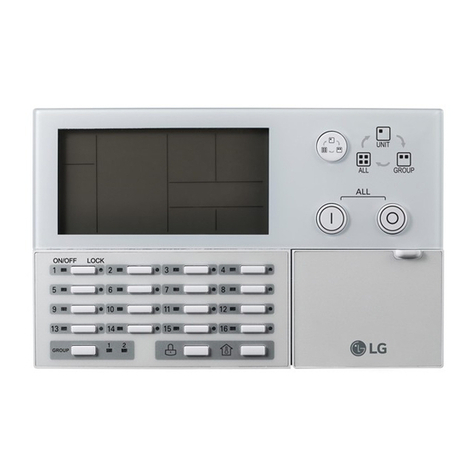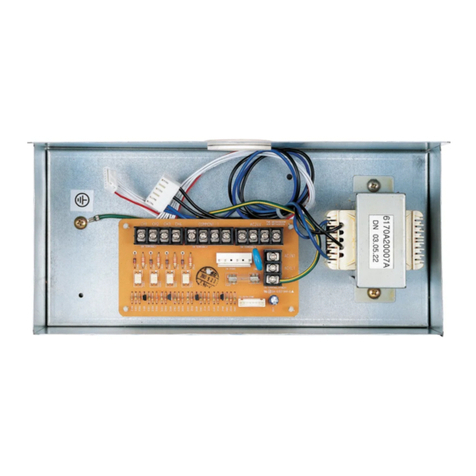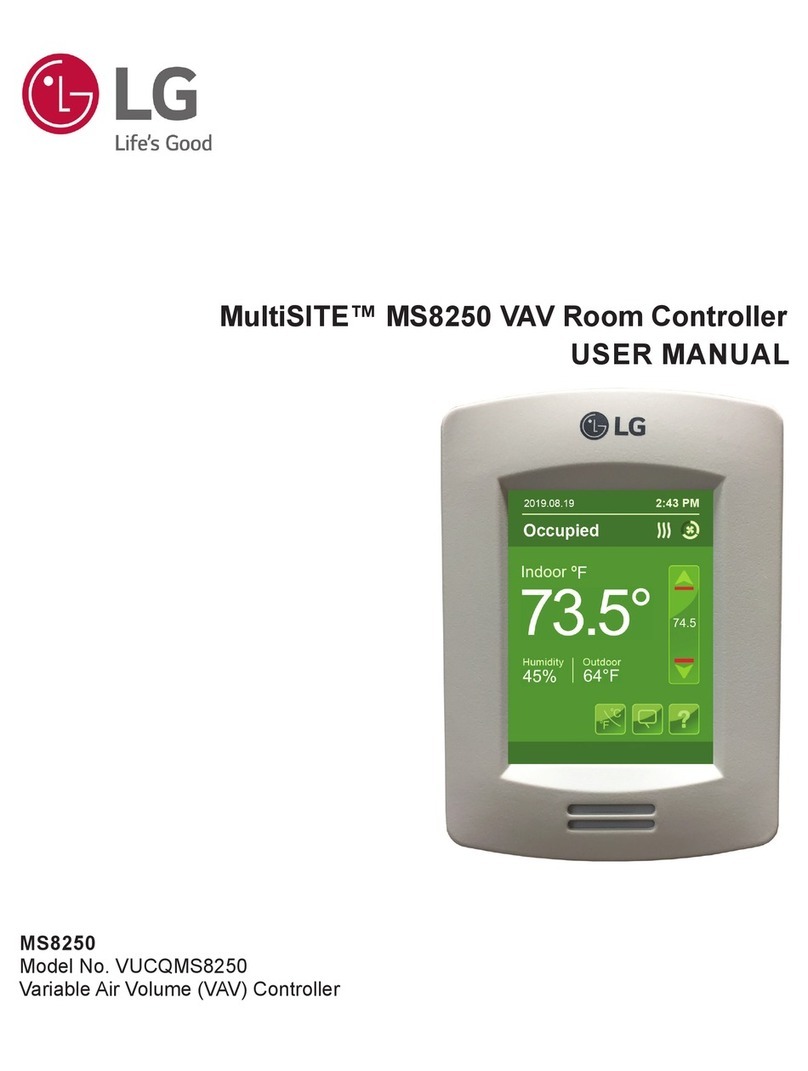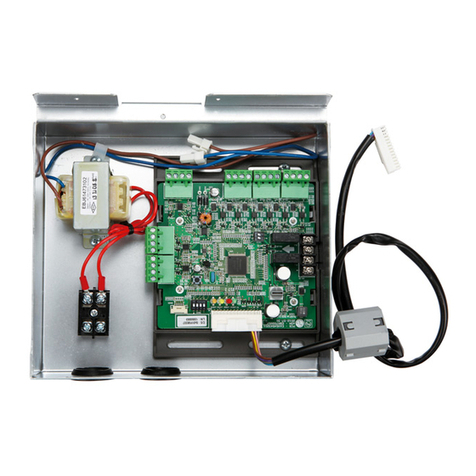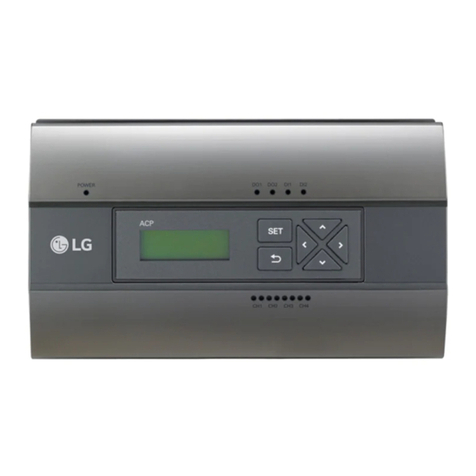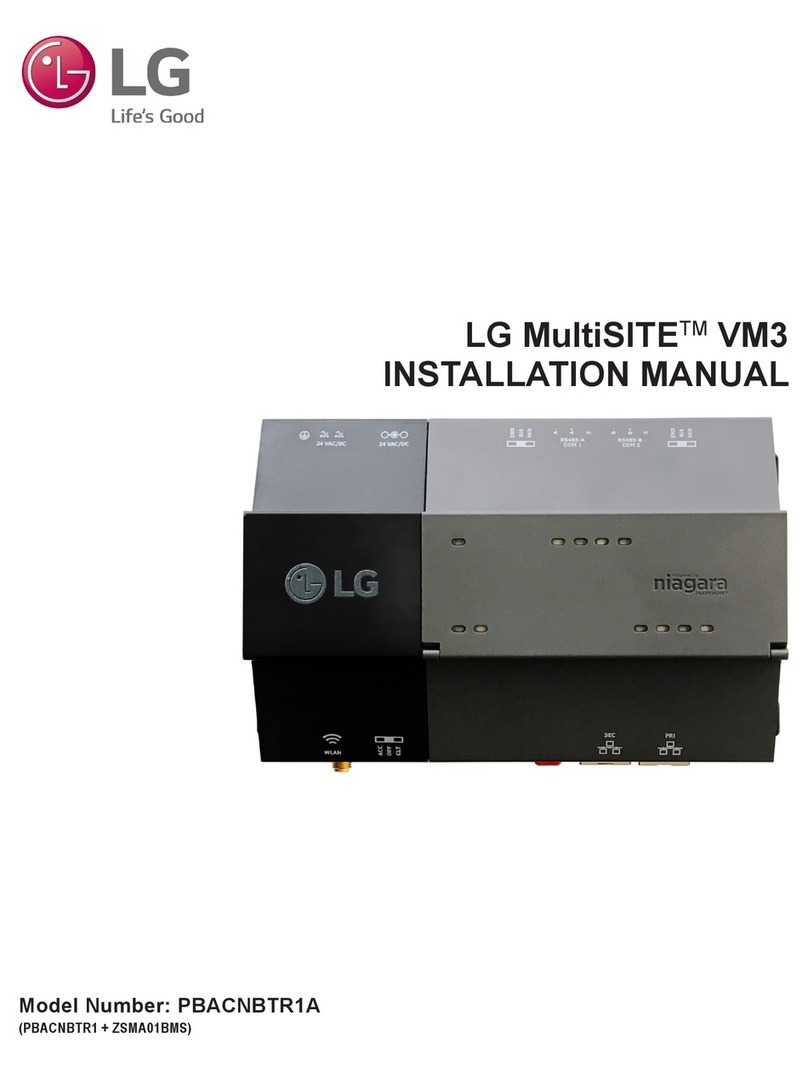Chapter 4. FUNCTIONS BLOCKS
4.1 Insertion of the Function Blocks for Thermocouple Input Module on the GMWIN ∙∙∙∙∙∙∙∙∙∙∙∙∙∙ 4-1
4.2 Local Function Block ∙∙∙∙∙∙∙∙∙∙∙∙∙∙∙∙∙∙∙∙∙∙∙∙∙∙∙∙∙∙∙∙∙∙∙∙∙∙∙∙∙∙∙∙∙∙∙∙∙∙∙∙∙∙∙∙∙∙∙∙∙∙∙∙∙∙∙∙∙∙∙∙∙∙∙∙∙∙∙∙∙∙∙∙∙∙∙∙∙∙∙∙∙∙∙∙∙4-2
4.2.1 Module Initialization (G3F-TC4A:TC4INI, G4F-TC2A/G6F-TC2A:TC2INI) ∙∙∙∙∙∙∙∙∙∙∙∙∙∙∙∙∙∙∙∙∙∙∙∙∙∙∙4-2
4.2.2 Module Reading (Array Type) (G3F-TC4A:TC4ARD, G4F- TC2A/G6F-TC2A:TC2ARD) ∙∙∙∙∙∙∙∙∙∙4-3
4.2.3 Module Reading (Stand-alone Type) (G3F-TC4A : TC4RD, G4F-TC2A/G6F-TC2A:TC2RD) ∙∙∙∙4-4
4.3 Remote Function Block∙∙∙∙∙∙∙∙∙∙∙∙∙∙∙∙∙∙∙∙∙∙∙∙∙∙∙∙∙∙∙∙∙∙∙∙∙∙∙∙∙∙∙∙∙∙∙∙∙∙∙∙∙∙∙∙∙∙∙∙∙∙∙∙∙∙∙∙∙∙∙∙∙∙∙∙∙∙∙∙∙∙∙∙∙∙∙∙∙∙∙∙∙∙∙∙∙∙4-5
4.3.1 Module Initialization (G3F-TC4A:TCR4INI, G4F-TC2A:TCR2INI, G6F-TC2A:TCR62INI) ∙∙∙∙∙∙4-5
4.3.2 Module Reading (Array Type)
(G3F-TC4A:TCR4RD, G4F-TC2A:TCR2RD, G6F-TC2A:TCR62RD) ∙∙∙∙∙∙∙∙∙∙∙∙∙∙∙∙∙∙∙∙∙∙∙∙∙∙∙∙∙∙∙ 4-6
4.4 Errors Indicated During Execution Of Function Block ∙∙∙∙∙∙∙∙∙∙∙∙∙∙∙∙∙∙∙∙∙∙∙∙∙∙∙∙∙∙∙∙∙∙∙∙∙∙∙∙∙∙∙∙∙∙∙∙∙∙∙∙∙4-7
4.4.1 Errors Indicated by the Output Variable,STAT ∙∙∙∙∙∙∙∙∙∙∙∙∙∙∙∙∙∙∙∙∙∙∙∙∙∙∙∙∙∙∙∙∙∙∙∙∙∙∙∙∙∙∙∙∙∙∙∙∙∙∙∙∙∙∙∙∙∙∙∙∙ 4-7
4.4.2 Errors Indicated by the Output Variable,ALM_CODE in the array type temperature Converstion
value reading function block(G3F-TC4A:TC4ARD,TCR4RD,G4F-TC2A:TC2ARD,TCR2RD G6F-
TC2A:TC2ARD,TCR62RD)∙∙∙∙∙∙∙∙∙∙∙∙∙∙∙∙∙∙∙∙∙∙∙∙∙∙∙∙∙∙∙∙∙∙∙∙∙∙∙∙∙∙∙∙∙∙∙∙∙∙∙∙∙∙∙∙∙∙∙∙∙∙∙∙∙∙∙∙∙∙∙∙∙∙∙∙∙∙∙∙∙∙∙∙∙∙∙∙ 4-7
Chapter 5. PROGRAMMING
5.1 A Program for Converting a Detected Temperature Value(°
°°
°C) into
Fahrenheit (°
°°
°F) and Outputting as a BCD Value ∙∙∙∙∙∙∙∙∙∙∙∙∙∙∙∙∙∙∙∙∙∙∙∙∙∙∙∙∙∙∙∙∙∙∙∙∙∙∙∙∙∙∙∙∙∙∙∙∙∙∙∙∙∙∙∙∙∙∙∙∙∙∙∙5-1
5.2 A Program for Magnitude Comparison of a Detected Temperature Value ∙∙∙∙∙∙∙∙∙∙∙∙∙∙∙∙∙∙∙∙∙∙∙∙∙∙∙∙∙5-6
5.3 A Program Used When Mounting a Thermocouple Input Module
on the Remote I/O Station ∙∙∙∙∙∙∙∙∙∙∙∙∙∙∙∙∙∙∙∙∙∙∙∙∙∙∙∙∙∙∙∙∙∙∙∙∙∙∙∙∙∙∙∙∙∙∙∙∙∙∙∙∙∙∙∙∙∙∙∙∙∙∙∙∙∙∙∙∙∙∙∙∙∙∙∙∙∙∙∙∙∙∙∙∙∙∙∙∙∙∙∙∙ 5-9
Chapter 6. BUFFER MEMORY CONFIGURATION AND FUNCTIONS
6.1 Buffer Memory Configuration ∙∙∙∙∙∙∙∙∙∙∙∙∙∙∙∙∙∙∙∙∙∙∙∙∙∙∙∙∙∙∙∙∙∙∙∙∙∙∙∙∙∙∙∙∙∙∙∙∙∙∙∙∙∙∙∙∙∙∙∙∙∙∙∙∙∙∙∙∙∙∙∙∙∙∙∙∙∙∙∙∙∙∙∙6-1
6.1.1 G3F-TC4A Buffer Memory ∙∙∙∙∙∙∙∙∙∙∙∙∙∙∙∙∙∙∙∙∙∙∙∙∙∙∙∙∙∙∙∙∙∙∙∙∙∙∙∙∙∙∙∙∙∙∙∙∙∙∙∙∙∙∙∙∙∙∙∙∙∙∙∙∙∙∙∙∙∙∙∙∙∙∙∙∙∙∙∙∙∙∙6-1
6.1.2 G4F-TC2A/G6F-TC2A Buffer Memory ∙∙∙∙∙∙∙∙∙∙∙∙∙∙∙∙∙∙∙∙∙∙∙∙∙∙∙∙∙∙∙∙∙∙∙∙∙∙∙∙∙∙∙∙∙∙∙∙∙∙∙∙∙∙∙∙∙∙∙∙∙∙∙∙∙∙∙∙∙∙6-3
6.2 Buffer Memory Functions ∙∙∙∙∙∙∙∙∙∙∙∙∙∙∙∙∙∙∙∙∙∙∙∙∙∙∙∙∙∙∙∙∙∙∙∙∙∙∙∙∙∙∙∙∙∙∙∙∙∙∙∙∙∙∙∙∙∙∙∙∙∙∙∙∙∙∙∙∙∙∙∙∙∙∙∙∙∙∙∙∙∙∙∙∙∙∙∙∙∙6-4
6.2.1 Specifying Channel Enable/Disable
(G3F-TC4A : Address 0, G4F-TC2A/G6F-TC2A : Address 0) ∙∙∙∙∙∙∙∙∙∙∙∙∙∙∙∙∙∙∙∙∙∙∙∙∙∙∙∙∙∙∙∙∙∙∙∙∙∙∙∙∙∙6-4
6.2.2 Specifying the Type Of Thermocouple
(G3F-TC4A : Address 1 To 16, G4F-TC2A G6F-TC2A : Address 1 to 4) ∙∙∙∙∙∙∙∙∙∙∙∙∙∙∙∙∙∙∙∙∙∙∙∙∙∙∙∙ 6-4
6.2.3 Temperature Conversion Value ∙∙∙∙∙∙∙∙∙∙∙∙∙∙∙∙∙∙∙∙∙∙∙∙∙∙∙∙∙∙∙∙∙∙∙∙∙∙∙∙∙∙∙∙∙∙∙∙∙∙∙∙∙∙∙∙∙∙∙∙∙∙∙∙∙∙∙∙∙∙∙∙∙∙∙∙∙∙∙6-5
6.2.4 Digital Conversion Value ∙∙∙∙∙∙∙∙∙∙∙∙∙∙∙∙∙∙∙∙∙∙∙∙∙∙∙∙∙∙∙∙∙∙∙∙∙∙∙∙∙∙∙∙∙∙∙∙∙∙∙∙∙∙∙∙∙∙∙∙∙∙∙∙∙∙∙∙∙∙∙∙∙∙∙∙∙∙∙∙∙∙∙∙∙∙∙ 6-5
6.2.5 Error Code ∙∙∙∙∙∙∙∙∙∙∙∙∙∙∙∙∙∙∙∙∙∙∙∙∙∙∙∙∙∙∙∙∙∙∙∙∙∙∙∙∙∙∙∙∙∙∙∙∙∙∙∙∙∙∙∙∙∙∙∙∙∙∙∙∙∙∙∙∙∙∙∙∙∙∙∙∙∙∙∙∙∙∙∙∙∙∙∙∙∙∙∙∙∙∙∙∙∙∙∙∙∙∙∙∙ 6-6
6.2.6 Setting SET Data (G3F-TC4A : Address 65, G4F-TC2A G6F-TC2A : Address 17) ∙∙∙∙∙∙∙∙∙∙∙∙∙∙∙6-6

